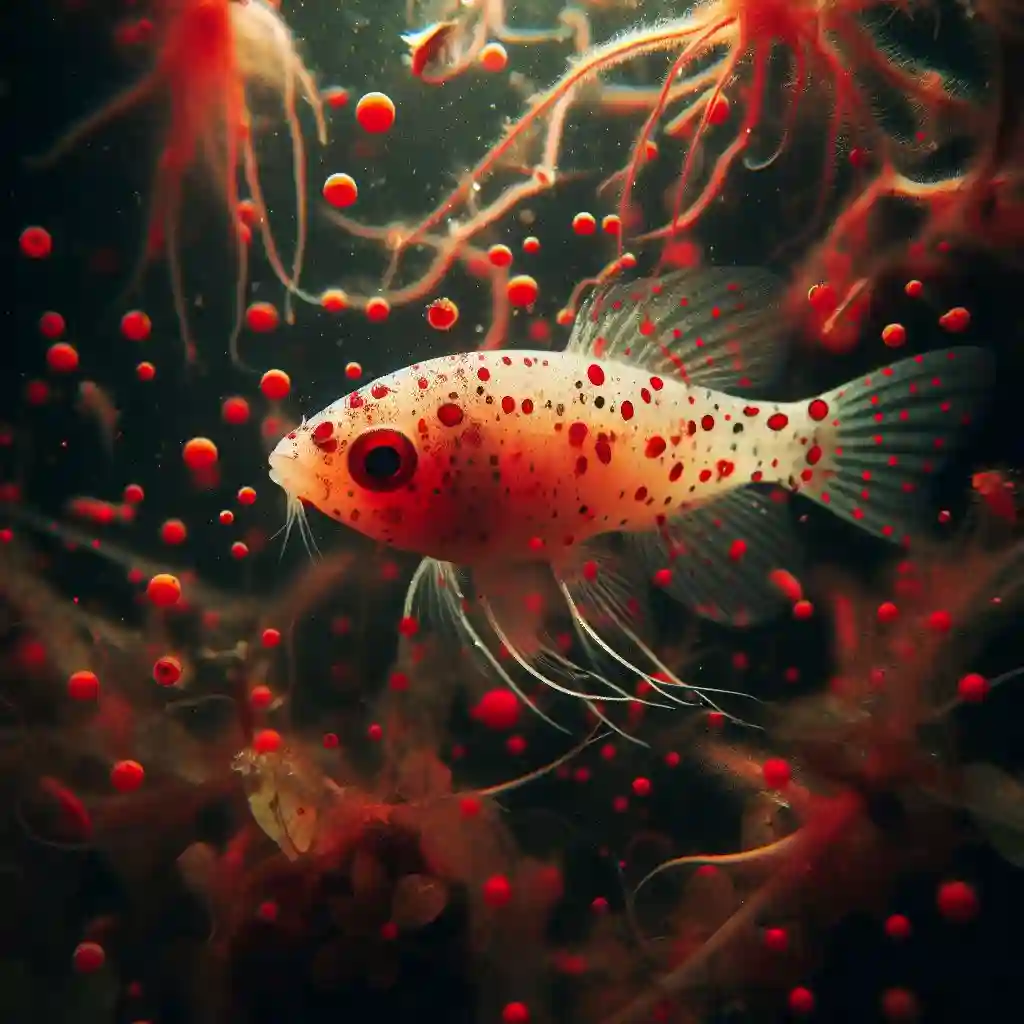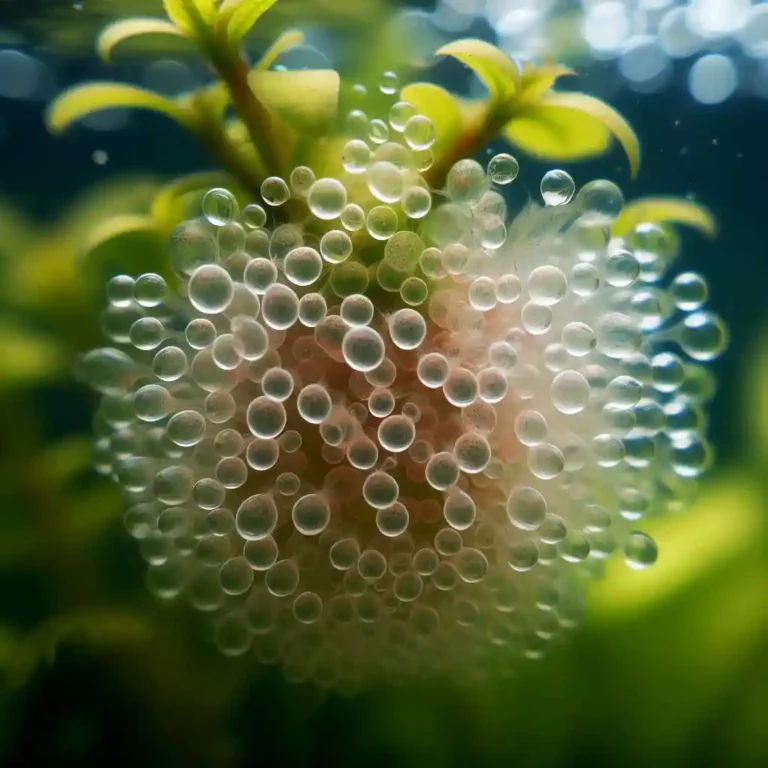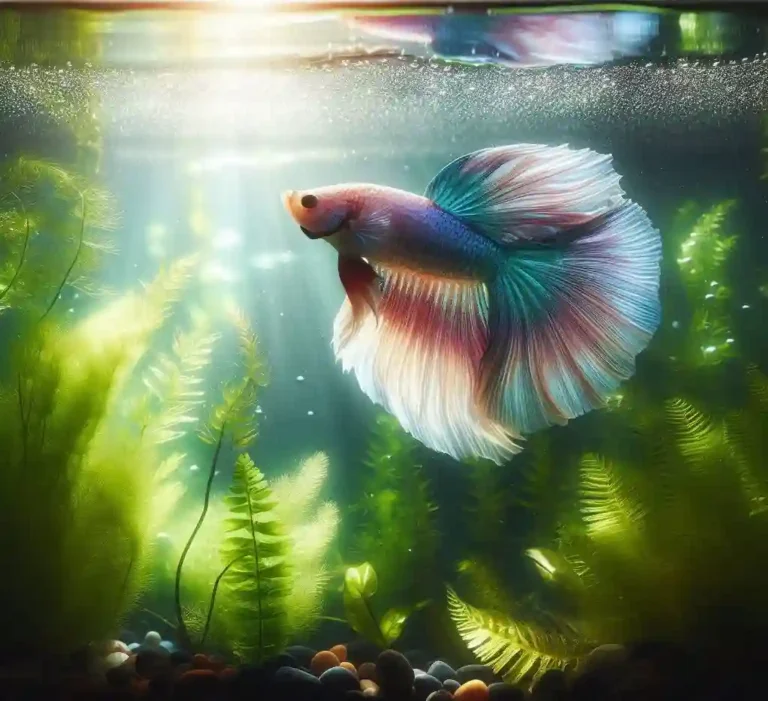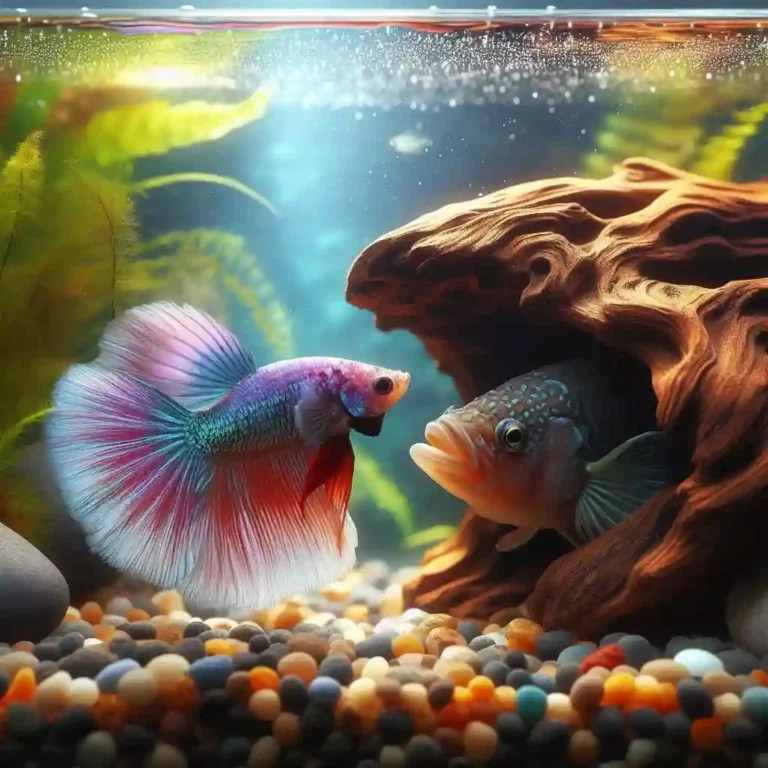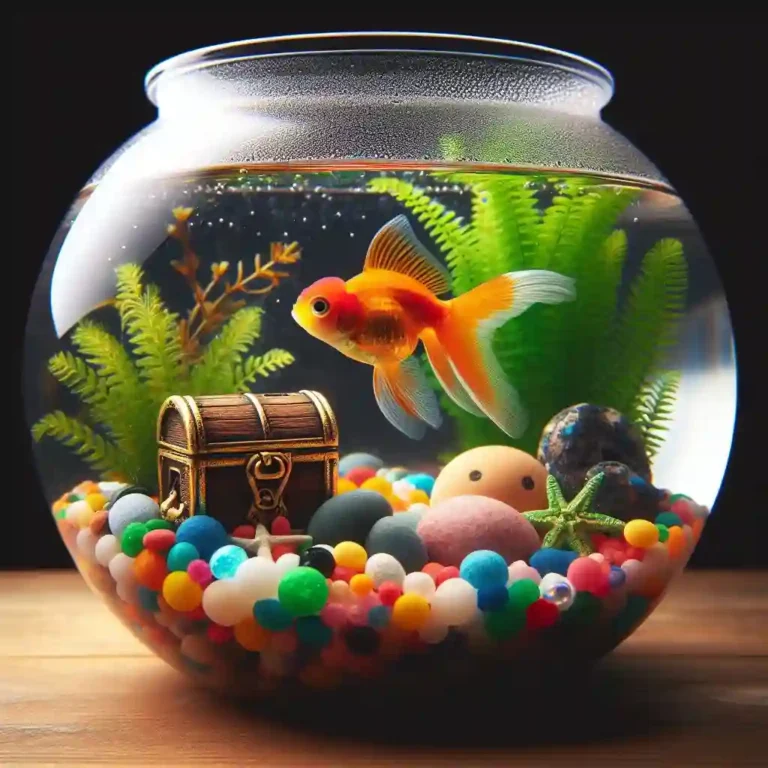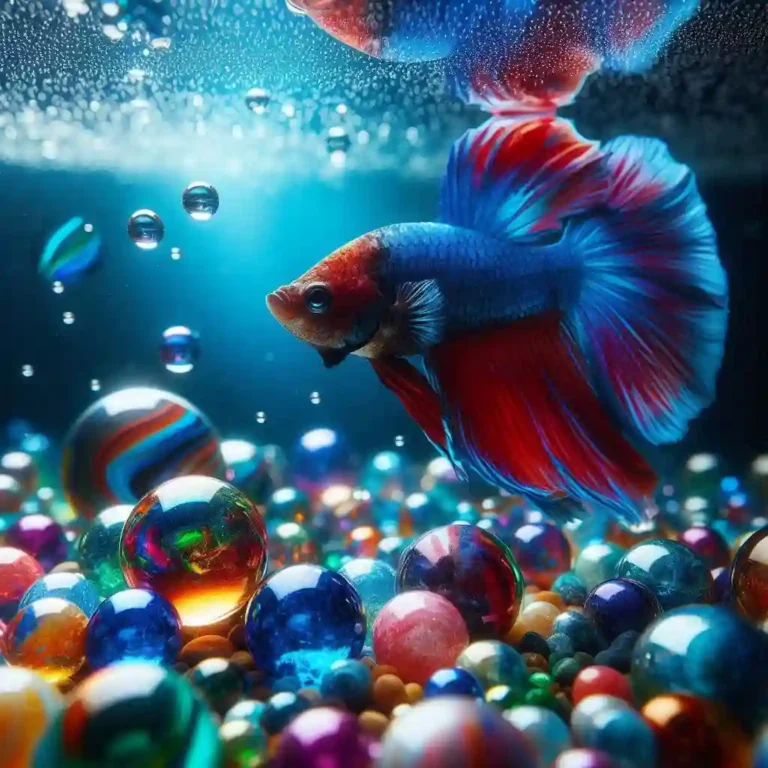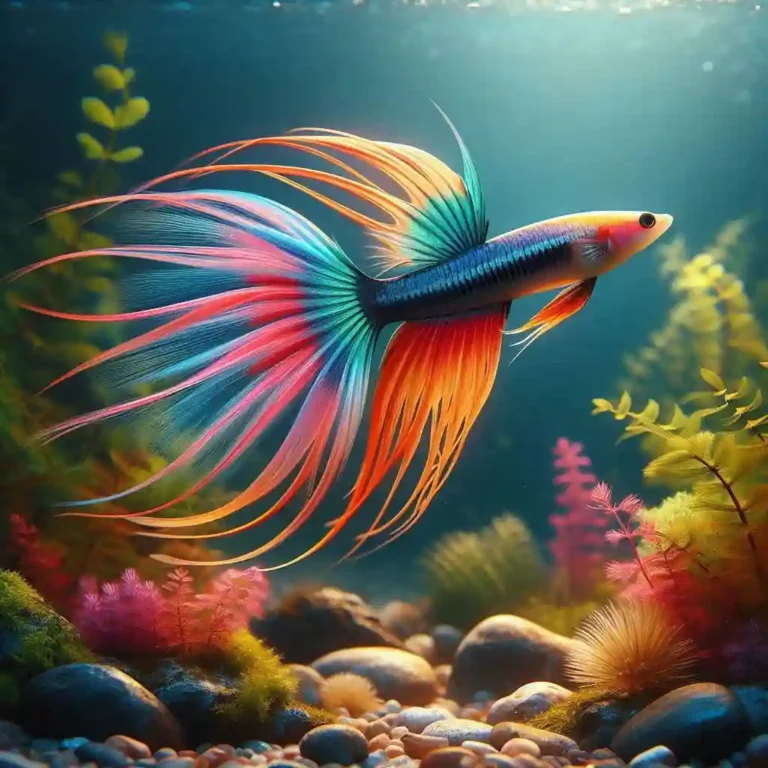Red Spot Disease in Aquarium Fish: Causes, Symptoms, and Cures
Red Spot Disease in Aquarium Fish: One of the most common and frustrating diseases to affect aquarium fish is Red Spot Disease, a mysterious and often misdiagnosed condition that can strike even the most well-maintained tanks.
Characterized by the appearance of red spots or patches on the fish’s body, Red Spot Disease can be a sign of a underlying infection, parasite infestation, or even a nutritional deficiency. If left untreated, Red Spot Disease can lead to severe stress, secondary infections, and even death.
In this article, we’ll delve into the world of Red Spot Disease, exploring its causes, symptoms, and cures, so you can provide the best possible care for your aquatic friends and keep your aquarium thriving.
Red Spot Disease in Aquarium Fish – A Quick Guide
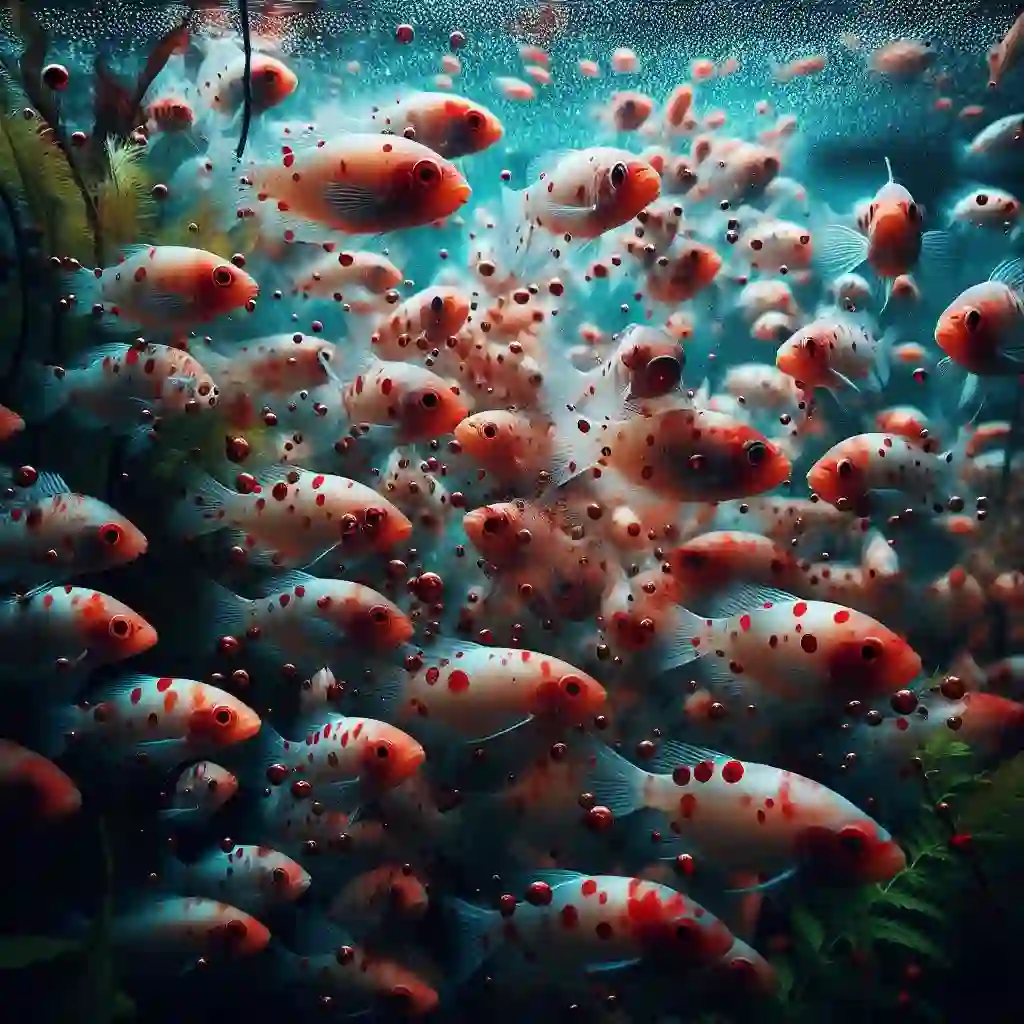
Causes:
- Parasitic infestations (e.g., ich, velvet)
- Bacterial infections
- Nutritional deficiencies
- Poor water quality
- Stress
Symptoms:
- Red spots or patches on the fish’s body
- Fins clamped or held close to the body
- Lethargy or loss of appetite
- Rapid breathing or labored swimming
Treatment:
- Quarantine affected fish
- Improve water quality through regular water changes
- Administer antibiotics or antiparasitic medications as needed
- Provide a balanced diet rich in nutrients
- Reduce stress through environmental changes (e.g., hiding places, plants)
Prevention:
- Maintain good water quality through regular water changes
- Provide a balanced and varied diet
- Avoid overcrowding and reduce stress
- Quarantine new fish before introducing them to the main tank
- Monitor fish regularly for signs of illness
What is Red Spot Disease?
Red Spot Disease is a common and often misdiagnosed affliction that affects freshwater fish, characterized by the appearance of red spots or patches on the skin or fins. The disease can be caused by a variety of factors, including parasitic infestations, bacterial infections, nutritional deficiencies, poor water quality, and stress.
If left untreated, Red Spot Disease can lead to more severe health problems, including secondary infections, fin rot, and even death. Early detection and treatment are crucial to prevent the disease from spreading and to ensure the best possible outcome for your fish.
By recognizing the signs and symptoms of Red Spot Disease, aquarium owners can take prompt action to identify and address the underlying cause, providing their fish with the best chance of recovery and a healthy, thriving life.
Causes of Red Spot Disease: Uncovering the Culprits

1. Parasitic Infestations
- Ich (Ichthyophthiriasis): A common parasitic infestation caused by the protozoan Ichthyophthirius multifiliis, which can cause red spots or patches on the fish’s body.
- Velvet (Oodinium): A parasitic infestation caused by the dinoflagellate Oodinium, which can cause red spots or patches on the fish’s body.
2. Bacterial Infections
- Bacterial infections: Bacterial infections can cause redness, swelling, and lesions on the fish’s skin, which may appear as red spots.
3. Nutritional Deficiencies
- Vitamin deficiencies: Deficiencies in vitamins such as vitamin C or vitamin E can lead to skin problems, including red spots or patches.
- Mineral deficiencies: Deficiencies in minerals such as calcium or phosphorus can lead to skin problems, including red spots or patches.
4. Poor Water Quality
- High ammonia levels: Elevated ammonia levels can cause stress and skin problems in fish, leading to red spots or patches.
- High nitrite levels: Elevated nitrite levels can cause stress and skin problems in fish, leading to red spots or patches.
- Poor water circulation: Inadequate water circulation can lead to stagnant water, which can cause skin problems, including red spots or patches.
5. Stress
- Environmental stress: Changes in water temperature, pH, or other environmental factors can cause stress, leading to skin problems, including red spots or patches.
- Social stress: Aggression or competition among fish can cause stress, leading to skin problems, including red spots or patches.
6. Other Factors
- Genetic predisposition: Some fish breeds may be more prone to Red Spot Disease due to genetic factors.
- Age and size: Young or small fish may be more susceptible to Red Spot Disease due to their immature immune systems.
Recognizing the Symptoms: Identifying Red Spot Disease in Your Fish
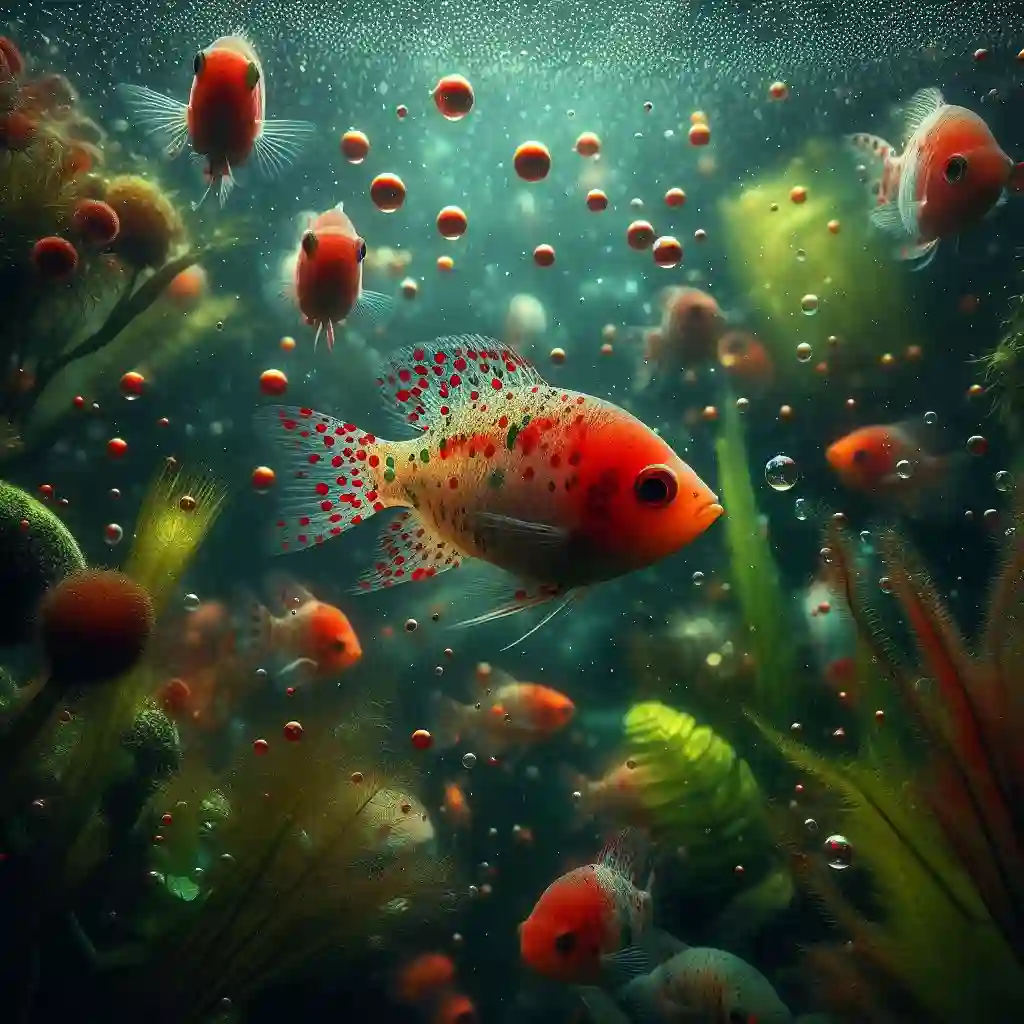
1. Red Spots or Patches
- Small, red, raised spots or patches on the fish’s body, fins, or tail
- Spots may be scattered or clustered, and can appear anywhere on the fish’s body
2. Skin Lesions
- Ulcers, sores, or lesions on the fish’s skin, which may be red, pink, or white
- Lesions may be small or large, and can appear anywhere on the fish’s body
3. Fins Clamped or Held Close
- Fish may hold their fins close to their body or clamp them shut
- This can be a sign of stress, discomfort, or pain
4. Lethargy or Loss of Appetite
- Fish may become lethargic, swimming slowly or erratically
- Loss of appetite or reduced interest in food
5. Rapid Breathing or Labored Swimming
- Fish may breathe rapidly or exhibit labored swimming, indicating respiratory distress
- This can be a sign of stress, anxiety, or discomfort
6. Changes in Color or Pattern
- Fish may display changes in color, pattern, or texture, which can be a sign of stress or disease
- Color changes can be subtle or dramatic, and may affect the entire body or specific areas
7. Erratic Swimming or Darting
- Fish may swim erratically, darting back and forth, or making sudden changes in direction
- This can be a sign of stress, anxiety, or discomfort
8. Fin Nipping or Chasing
- Fish may nip at each other’s fins or chase each other, indicating stress or aggression
- This can be a sign of social stress or competition for resources
The Role of Parasites: How They Contribute to Red Spot Disease
1. Ich (Ichthyophthiriasis)
- Ich is a common parasitic infestation caused by the protozoan Ichthyophthirius multifiliis
- Ich attaches to the fish’s skin and gills, causing irritation, inflammation, and red spots
- If left untreated, ich can lead to secondary infections, respiratory distress, and even death
2. Velvet (Oodinium)
- Velvet is a parasitic infestation caused by the dinoflagellate Oodinium
- Velvet attaches to the fish’s skin and gills, causing irritation, inflammation, and red spots
- If left untreated, velvet can lead to respiratory distress, secondary infections, and even death
3. Flukes (Monogenea)
- Flukes are parasitic worms that attach to the fish’s skin and gills
- They cause irritation, inflammation, and red spots, and can lead to secondary infections and respiratory distress
- Flukes can also transmit diseases and parasites to other fish in the aquarium
4. Lice (Argulus)
- Lice are parasitic crustaceans that attach to the fish’s skin and gills
- They cause irritation, inflammation, and red spots, and can lead to secondary infections and respiratory distress
- Lice can also transmit diseases and parasites to other fish in the aquarium
How Parasites Contribute to Red Spot Disease
- Parasites can cause direct damage to the fish’s skin and gills, leading to red spots and inflammation
- Parasites can also trigger an immune response, which can lead to inflammation and red spots
- Parasites can weaken the fish’s immune system, making it more susceptible to secondary infections and diseases
- Parasites can also cause stress, which can exacerbate Red Spot Disease and make it more challenging to treat
Preventing Parasitic Infestations
- Quarantine new fish before introducing them to the main aquarium
- Use a gravel vacuum to remove debris and waste from the substrate
- Perform regular water changes to maintain good water quality
- Provide a balanced diet and maintain a healthy environment to support the fish’s immune system
- Monitor fish regularly for signs of parasitic infestations and take prompt action if you suspect an infestation
Nutritional Deficiencies: A Hidden Cause of Red Spot Disease

Common Nutritional Deficiencies
- Vitamin C deficiency: Vitamin C is essential for the production of collagen, a protein that gives structure to the skin and fins. A deficiency in vitamin C can lead to skin problems, including red spots and lesions.
- Vitamin E deficiency: Vitamin E is an antioxidant that helps protect the skin and fins from damage caused by free radicals. A deficiency in vitamin E can lead to skin problems, including red spots and lesions.
- Omega-3 fatty acid deficiency: Omega-3 fatty acids are essential for the health of the skin and fins. A deficiency in omega-3 fatty acids can lead to skin problems, including red spots and lesions.
- Mineral deficiencies: Deficiencies in minerals such as calcium, phosphorus, and zinc can lead to skin problems, including red spots and lesions.
How Nutritional Deficiencies Contribute to Red Spot Disease
- Weakened immune system: A diet lacking essential nutrients can weaken the fish’s immune system, making them more susceptible to disease and skin problems.
- Skin problems: Nutritional deficiencies can lead to skin problems, including red spots, lesions, and inflammation.
- Increased susceptibility to parasites: A weakened immune system can make fish more susceptible to parasitic infestations, which can contribute to Red Spot Disease.
Preventing Nutritional Deficiencies
- Provide a balanced diet: Offer a varied diet that includes a mix of high-quality commercial foods, live foods, and frozen foods.
- Supplement with vitamins and minerals: Consider adding vitamin and mineral supplements to the fish’s diet to ensure they are receiving all the necessary nutrients.
- Monitor water quality: Regular water changes and good water quality can help reduce the risk of nutritional deficiencies.
- Avoid overfeeding: Overfeeding can lead to nutritional deficiencies and poor water quality, which can contribute to Red Spot Disease.
Environmental Factors: How Water Quality and Tank Conditions Affect Red Spot Disease
Water Quality Factors
- Ammonia and nitrite levels: Elevated levels of ammonia and nitrite can cause stress and skin problems in fish, including red spots and lesions.
- Nitrate levels: High levels of nitrate can lead to algae growth, which can contribute to poor water quality and skin problems in fish.
- pH and temperature fluctuations: Sudden changes in pH and temperature can cause stress and skin problems in fish, including red spots and lesions.
- Water hardness and alkalinity: Water that is too soft or too hard can cause stress and skin problems in fish, including red spots and lesions.
Tank Condition Factors
- Overcrowding: Overcrowding can lead to stress and skin problems in fish, including red spots and lesions.
- Poor water circulation: Inadequate water circulation can lead to stagnant water, which can cause skin problems in fish, including red spots and lesions.
- Inadequate hiding places: A lack of hiding places can cause stress and skin problems in fish, including red spots and lesions.
- Inadequate water changes: Infrequent water changes can lead to poor water quality, which can cause skin problems in fish, including red spots and lesions.
How Environmental Factors Contribute to Red Spot Disease
- Stress and skin problems: Poor water quality and unfavorable tank conditions can cause stress and skin problems in fish, including red spots and lesions.
- Weakened immune system: Poor water quality and unfavorable tank conditions can weaken the fish’s immune system, making them more susceptible to disease and skin problems, including Red Spot Disease.
- Increased susceptibility to parasites: Poor water quality and unfavorable tank conditions can make fish more susceptible to parasitic infestations, which can contribute to Red Spot Disease.
Preventing Environmental Factors
- Regular water changes: Regular water changes can help maintain good water quality and reduce the risk of skin problems in fish.
- Monitor water quality: Regularly test the water for ammonia, nitrite, and nitrate levels, and make adjustments as necessary.
- Provide adequate hiding places: Provide plenty of hiding places, such as plants, rocks, and decorations, to reduce stress and skin problems in fish.
- Avoid overcrowding: Avoid overcrowding the tank, and ensure that there is enough space for each fish to swim and thrive.
Treatment and Cure: Effective Strategies for Beating Red Spot Disease
1. Quarantine and Isolation
- Quarantine the affected fish in a separate tank to prevent the disease from spreading to other fish.
- Isolate the affected fish from other fish to reduce stress and prevent further infection.
2. Improve Water Quality
- Perform regular water changes to maintain good water quality and reduce the risk of secondary infections.
- Monitor water parameters, such as ammonia, nitrite, and nitrate levels, and make adjustments as necessary.
3. Antibacterial and Antiparasitic Treatment
- Use antibacterial and antiparasitic medications, such as antibiotics and antiparasitic drugs, to treat bacterial and parasitic infections.
- Follow the instructions carefully and complete the full treatment course to ensure the disease is fully cured.
4. Nutritional Support
- Provide a balanced diet that includes a mix of high-quality commercial foods, live foods, and frozen foods.
- Consider adding nutritional supplements, such as vitamin and mineral supplements, to support the fish’s immune system.
5. Environmental Changes
- Make environmental changes, such as adjusting the water temperature, pH, and hardness, to reduce stress and promote healing.
- Provide plenty of hiding places, such as plants, rocks, and decorations, to reduce stress and promote relaxation.
6. Monitor and Adjust
- Monitor the fish’s condition regularly and adjust the treatment plan as necessary.
- Be patient and persistent, as treating Red Spot Disease can take time and require multiple treatments.
Prevention is Key: Tips for Preventing Red Spot Disease in Your Aquarium
1. Maintain Good Water Quality
- Regularly test the water for ammonia, nitrite, and nitrate levels.
- Perform regular water changes (25-50% every 2-4 weeks) to maintain good water quality.
- Monitor water temperature, pH, and hardness to ensure they are within the suitable range for your fish.
2. Provide a Balanced Diet
- Offer a varied diet that includes a mix of high-quality commercial foods, live foods, and frozen foods.
- Avoid overfeeding, as this can lead to poor water quality and stress.
- Consider adding nutritional supplements, such as vitamin and mineral supplements, to support the fish’s immune system.
3. Reduce Stress and Overcrowding
- Avoid overcrowding the tank, as this can lead to stress and disease.
- Provide plenty of hiding places, such as plants, rocks, and decorations, to reduce stress and promote relaxation.
- Avoid sudden changes in water temperature, pH, and hardness, as this can cause stress.
4. Quarantine New Fish
- Quarantine new fish for at least 2-4 weeks before introducing them to the main tank.
- Monitor the fish for signs of disease during the quarantine period.
- Use a separate quarantine tank to prevent the spread of disease to other fish.
5. Monitor Fish Health
- Regularly monitor the fish for signs of disease, such as red spots, lesions, or labored breathing.
- Take prompt action if you suspect disease, and consider consulting with a veterinarian or experienced aquarist.
6. Avoid Over-handling Fish
- Avoid handling fish excessively, as this can cause stress and injury.
- Use a soft-mesh net to handle fish gently and carefully.
7. Keep the Tank Clean
- Regularly clean the tank and decorations to prevent the buildup of debris and bacteria.
- Avoid using harsh chemicals or abrasive cleaners, as these can harm the fish and damage the tank.
8. Provide Adequate Filtration
- Ensure the tank has adequate filtration, such as a good quality filter or a biological filter.
- Regularly clean and maintain the filter to ensure it is working efficiently.
FAQs
Q: What is Red Spot Disease?
A: Red Spot Disease is a common aquarium disease characterized by the appearance of red spots or patches on the fish’s body.
Q: What causes Red Spot Disease?
A: Red Spot Disease can be caused by a variety of factors, including bacterial infections, parasitic infestations, nutritional deficiencies, and poor water quality.
Q: How do I diagnose Red Spot Disease?
A: Look for red spots or patches on the fish’s body, as well as other symptoms such as lethargy, loss of appetite, and labored breathing.
Q: How do I treat Red Spot Disease?
A: Treatment typically involves improving water quality, providing a balanced diet, and using antibacterial and antiparasitic medications as needed.
Q: Can Red Spot Disease be prevented?
A: Yes, Red Spot Disease can be prevented by maintaining good water quality, providing a balanced diet, and reducing stress and overcrowding in the tank.
Q: How long does it take to cure Red Spot Disease?
A: The duration of treatment varies depending on the severity of the disease and the effectiveness of treatment. In general, it can take several weeks to several months to cure Red Spot Disease.
Q: Can I use natural remedies to treat Red Spot Disease?
A: Yes, some natural remedies such as garlic, tea tree oil, and aquarium salt can be used to support the fish’s immune system and promote healing. However, always consult with a veterinarian or experienced aquarist before using natural remedies.
Q: Can Red Spot Disease be contagious?
A: Yes, Red Spot Disease can be contagious and can spread to other fish in the tank. It’s essential to quarantine affected fish and take prompt action to prevent the spread of the disease.
Q: How can I prevent the spread of Red Spot Disease?
A: Prevent the spread of Red Spot Disease by quarantining affected fish, improving water quality, and reducing stress and overcrowding in the tank.

Hello, I’m Aria Cooper, the heart and soul behind Swimmy Buddies. As a devoted fish aficionado, I share my aquatic adventures and expertise to inspire your own underwater explorations. 🐠🌊

